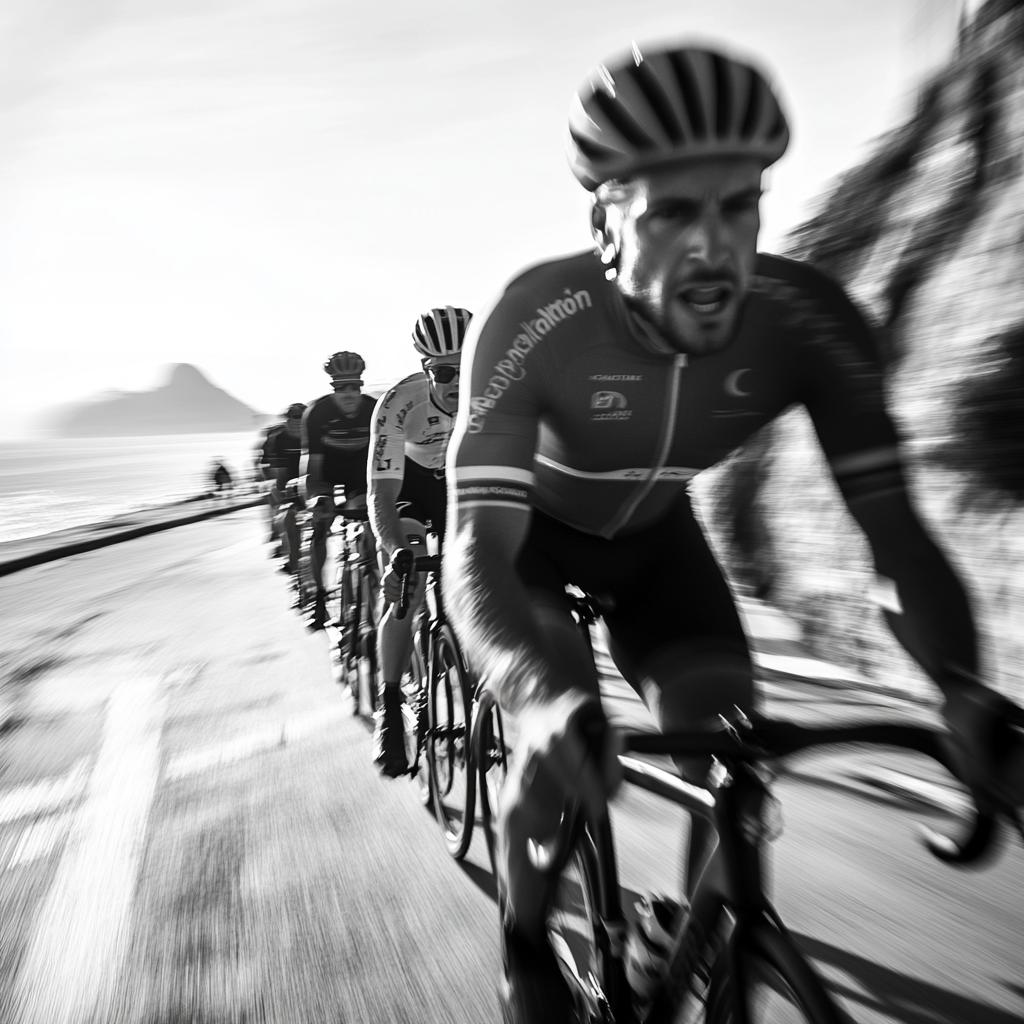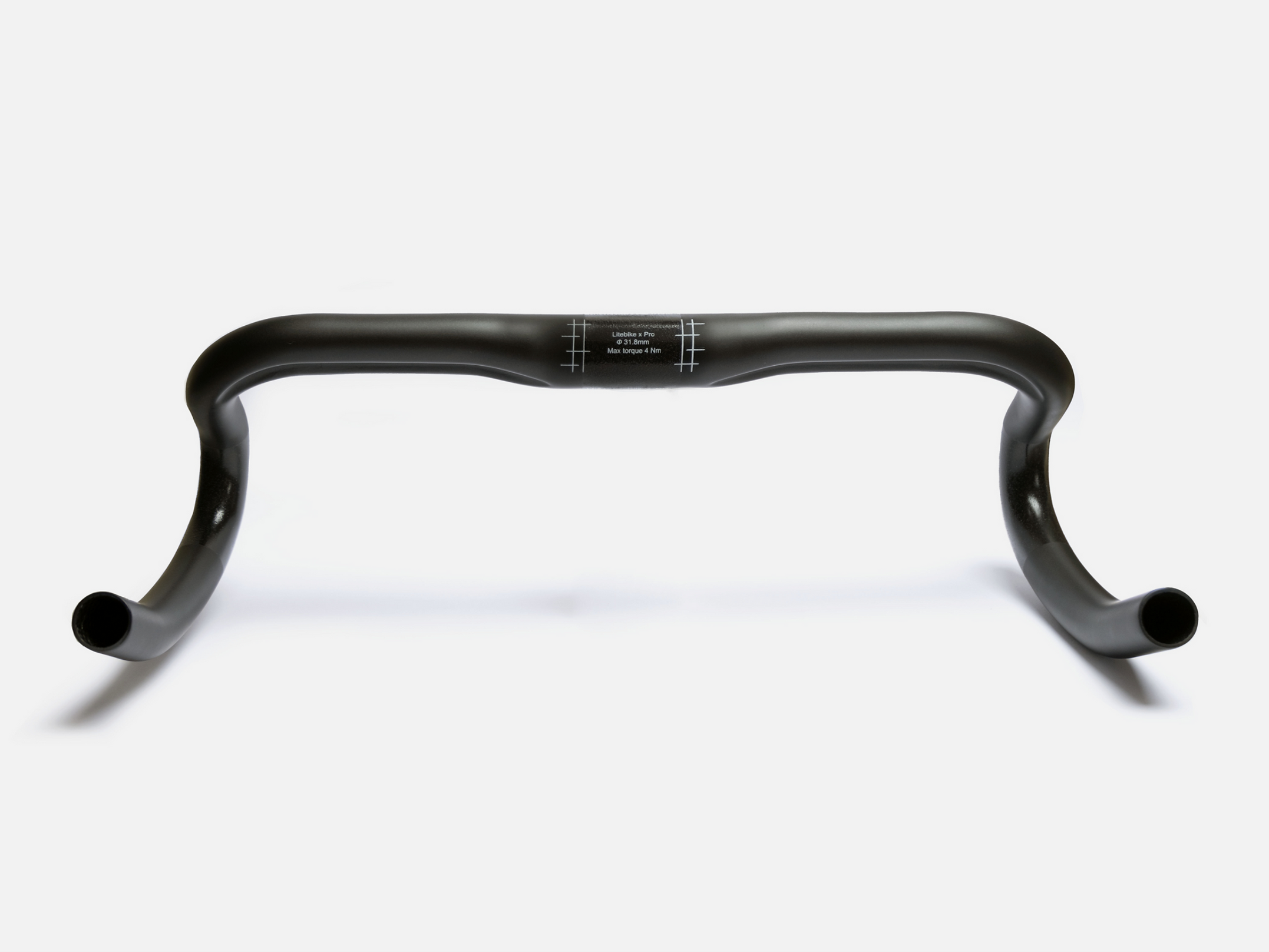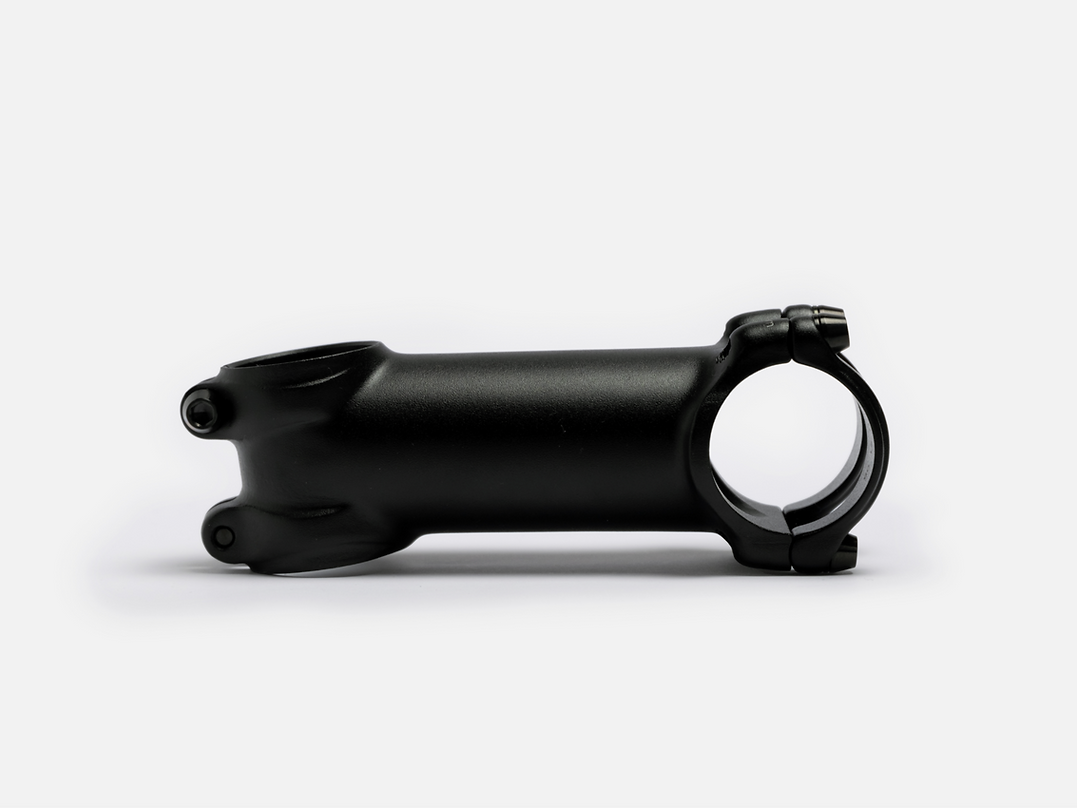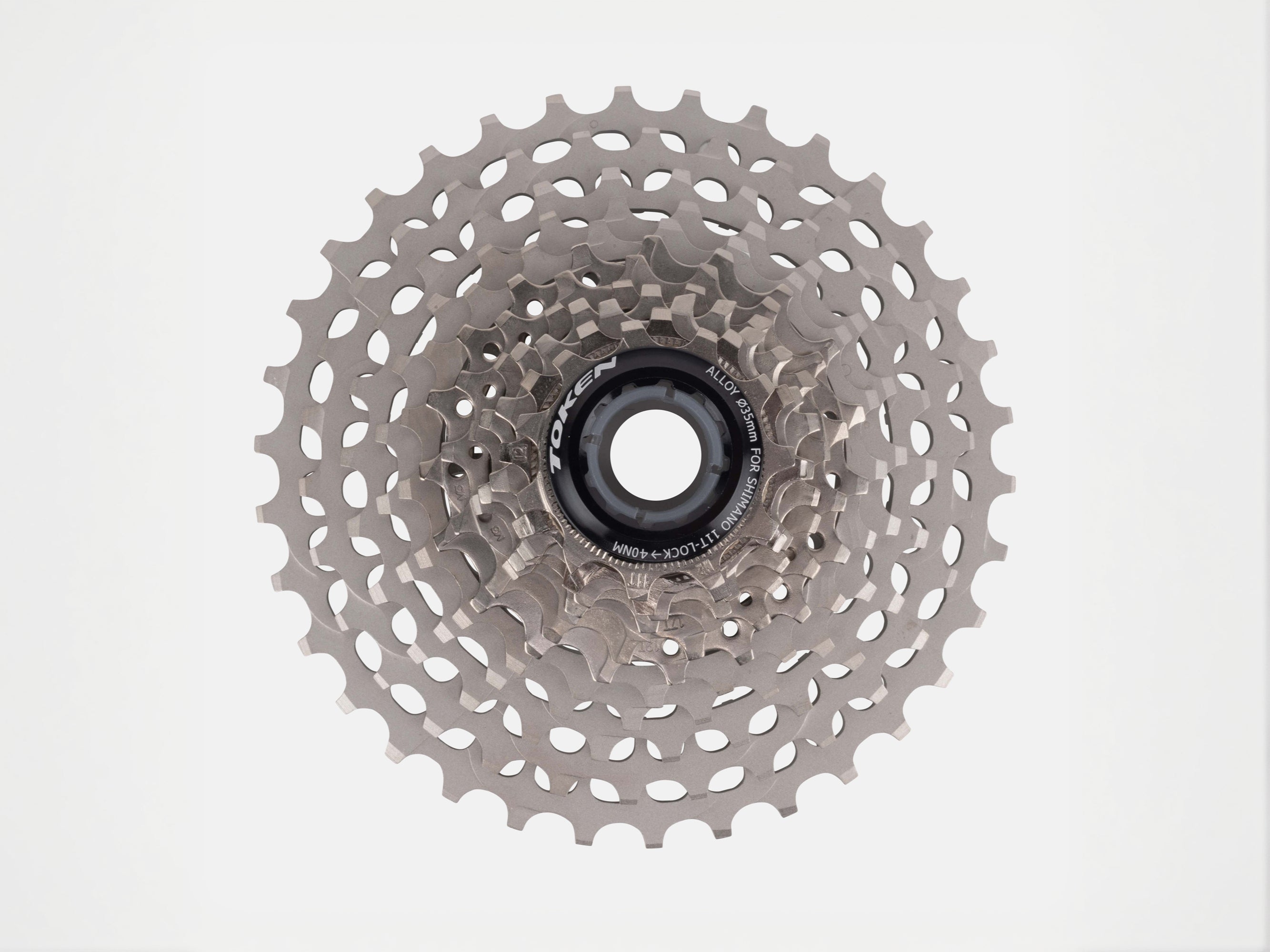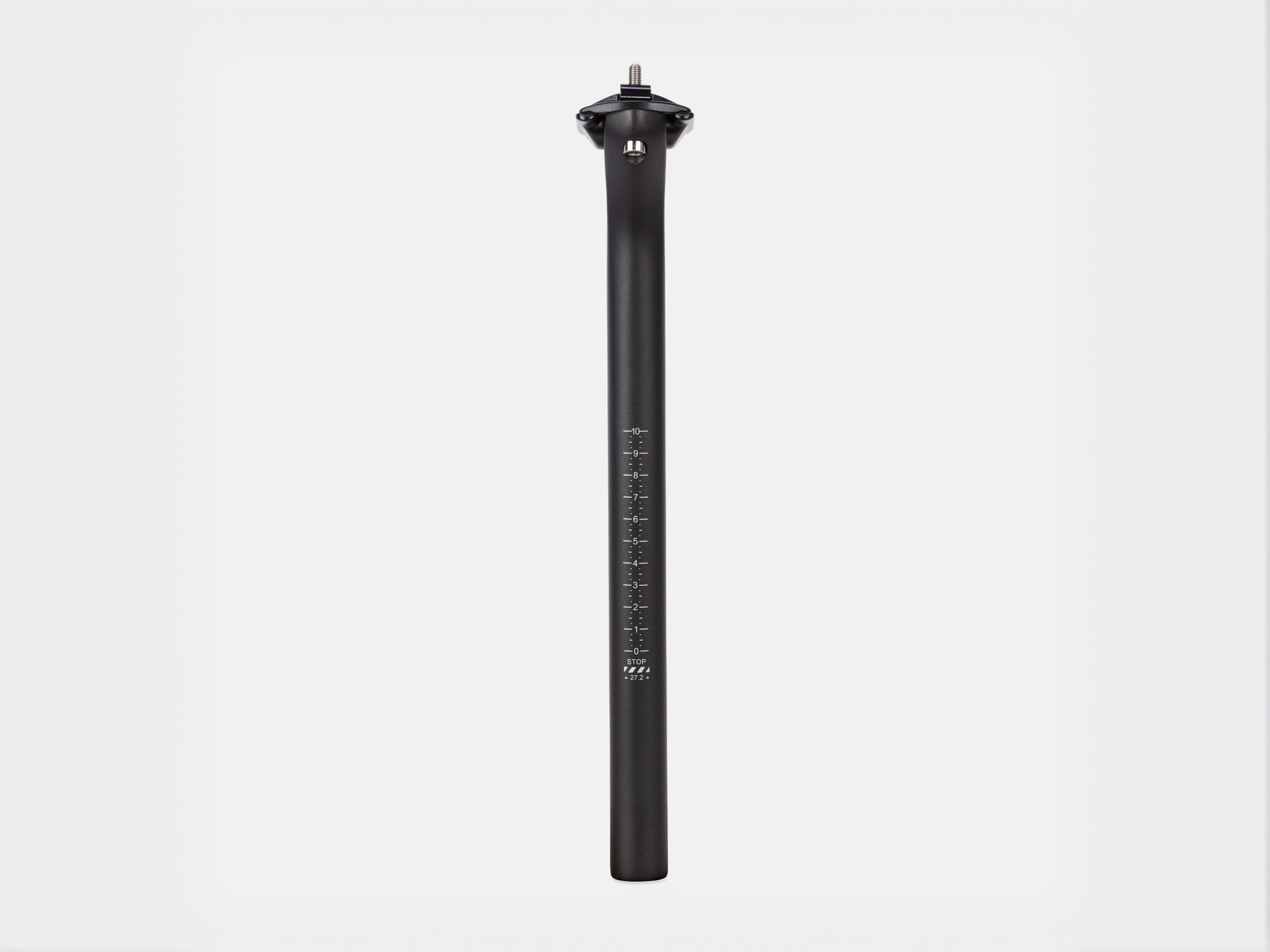Cycling nutrition and diet are essential to improving cycling performance.
If you want to cycle faster, climb quicker for longer and all-round boost your performance you will need to concentrate on nutrition, exercise and rest. In that order. Don’t worry about the type of bike you ride until you’re on the right path in these three areas.
While it’s not a hard science, we think 50/40/10 is a good rule of thumb. Cycling performance is a function of 50% nutrition, 40% exercise and rest, and 10% bike weight and aerodynamics. GCN has done some tests that seem to back this up.
When you first get into cycling it can be hard to learn about cycling nutrition. With the boom in the fitness industry there is an overload of information out there which often contradicts itself. In reality this is, at least partly, because it's hard to make money encouraging people to eat healthily, so the food industry is full of people trying to market gimmicks.
As an example of just how far it has gone, it is now well-proven that the 1960s sugar industry funded research to downplay the risks of corn syrup because it was cheap and easy to mass produce.
What our bodies are designed to eat
To understand cycling nutrition it’s worth starting with a bit of history.
We first appeared as a species of homo sapiens about 200,000 years ago. Our ancestors go back much further. The first human-like species, the homo genus, were around about two million years ago.
For most of our history, our diets were restricted to what was available to forage in nature, namely plants and animals. Our brains and bodies are designed for food found in nature.
Bread has only existed since the first Agricultural Revolution about 10,000 years ago. So we’ve been eating bread for only about 5% of our existence.
Much of the research into nutrition today suggests that we are not designed to consume processed or refined sugars, which have become popular in the last 200 years. And really it is only in the last 100 years that big companies have learned how to process food to manipulate our bodies into wanting more and more.
This research is fundamental to thinking about cycling nutrition and diet. Foods that are high in nutrients are essential for the body to function properly, which becomes even more important when under stress when out on a bike ride. Loading up before and during a cycle on junk food, sugars and low-quality fats gets all the calories without any of the benefits.
An effective cycling diet that gets results needs to be built on eating whole foods. Plants and animals that have not been processed or refined and are free from additives or other artificial substances.
Building an effective cycling diet plan
We recommend buying raw ingredients from the supermarket and cooking them at home. This is the best advice we have had on how to build an effective cycling diet plan around whole foods.
Fast food, microwave meals and restaurant food are generally all heavily processed and high in fats and sugars so that they are extremely tasty. These fats and sugars send our body into happiness overdrive followed by a crash unless you eat more fats and sugars to re-stimulate the brain. Rinse repeat. Research in the Journal of Nutrition has found that 70% of fast food and 50% of restaurant food is bad for us.
Cycling nutrition and diet can be quite abstract but in reality your cycling diet is just the average of what you eat over a period of time when you look at it from the perspective of a single meal. A healthy meal to fuel your cycling performance looks something like:
-
50% vegetables and bases
-
25% meat, seafood, eggs
-
12.5% legumes, whole grains
-
12.5% dairy, legumes, nuts, seeds
That’s a lot of vegetables. Loading your plate half with vegetables first before serving a quarter helping of protein (e.g. meat, seafood and eggs) and a quarter helping of legumes, dairy or whole grains should really help you stay consistent with your cycling nutrition and diet.
Putting an effective cycling diet plan into practice
We’ve previously written about forming good habits. In our experience the key thing to cycling nutrition is getting into the right shopping habits. Making the right choices in the supermarket. Because once it's back home and in the cupboard it's game over.


